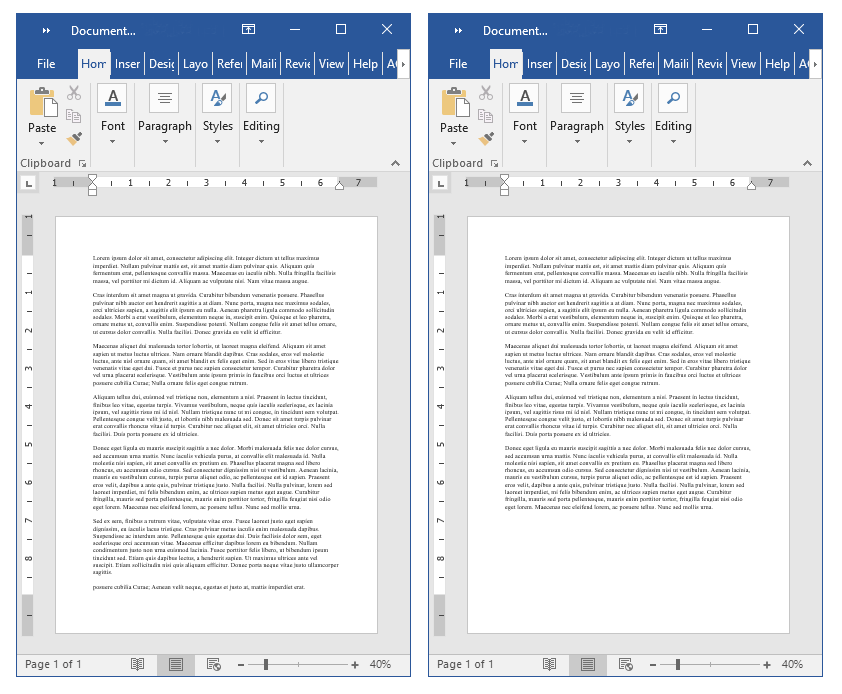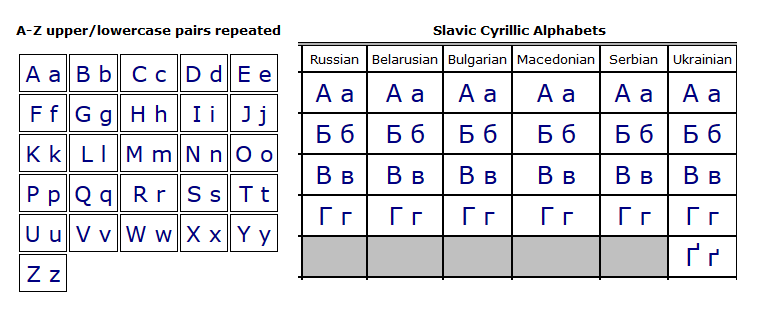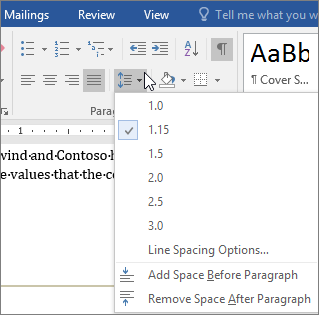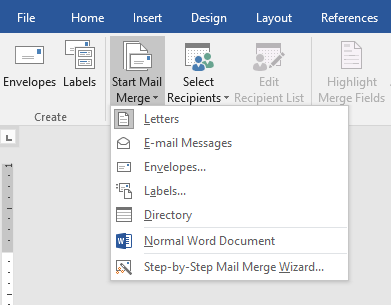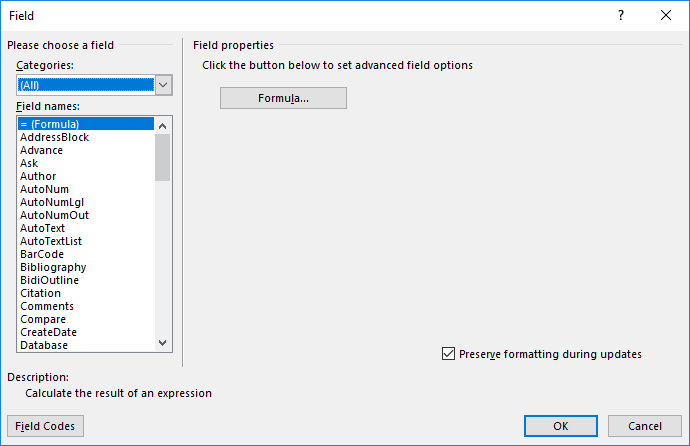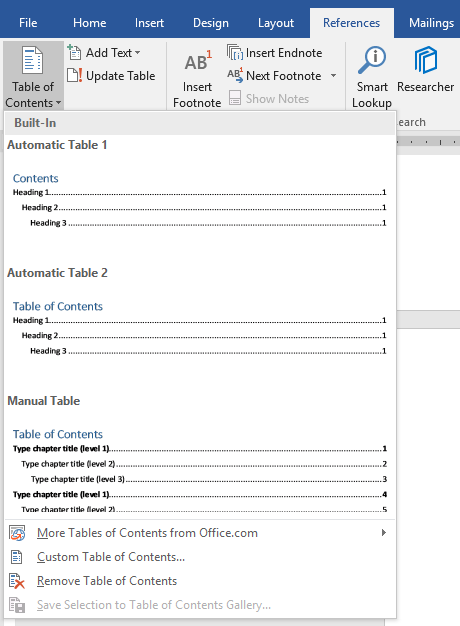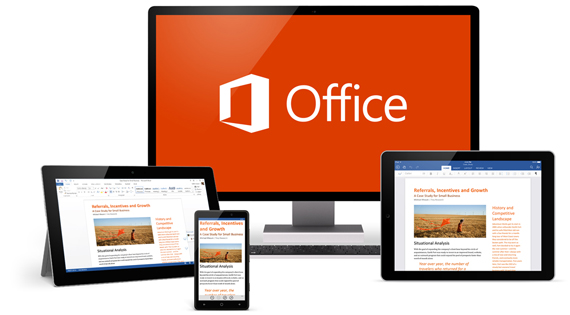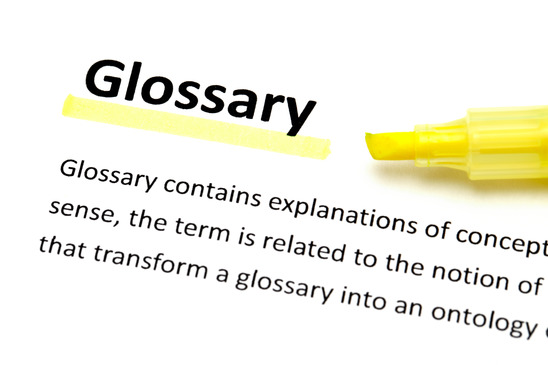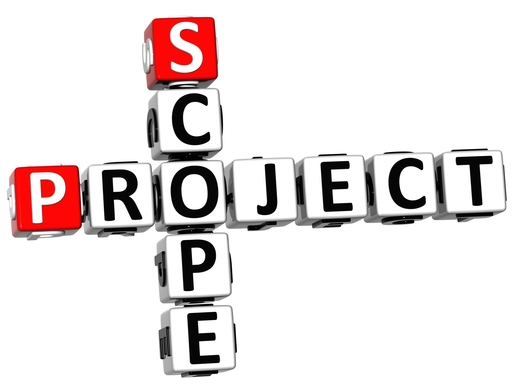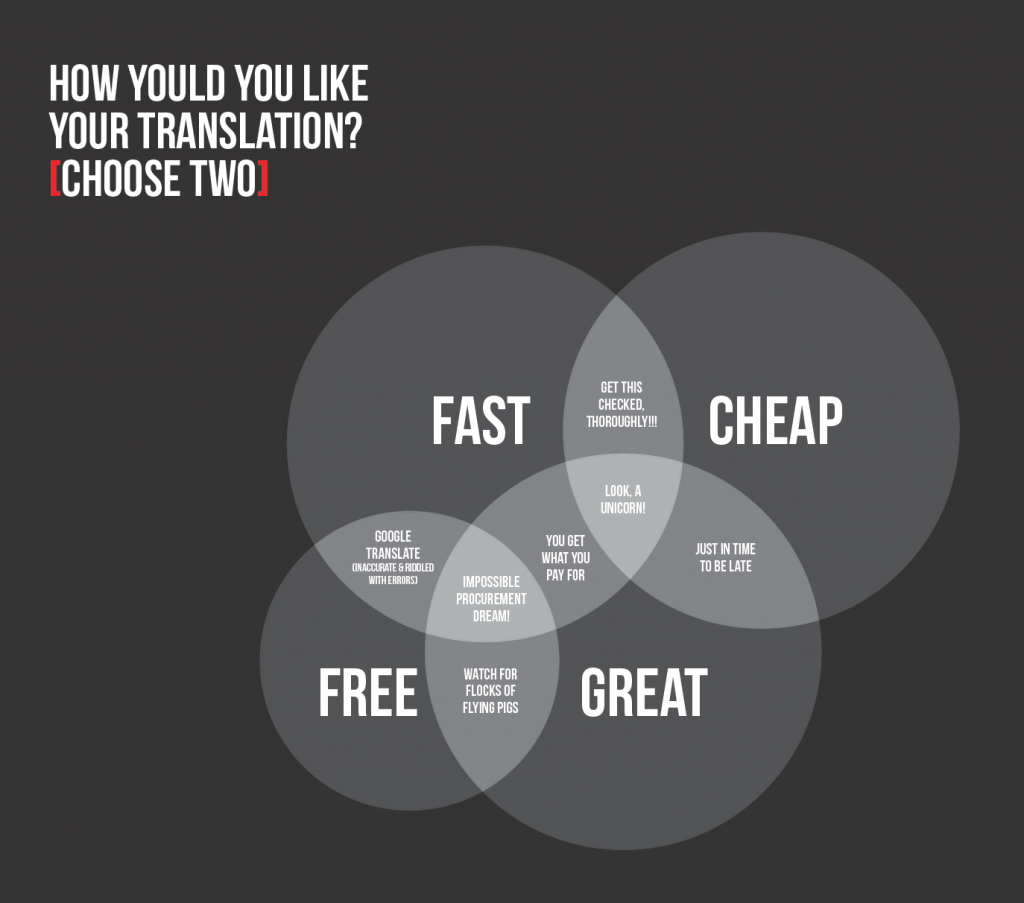You shop online and get frustrated when a company’s website just doesn’t give you the answers that you need, right?
One of those answers just happens to be to a very important question.
How much does it cost?
After all, before you decide to work with a particular company and buy products or services from it, you’d like to know how much you will be spending on those products or services.
And you are right.
You should be able to quantify the value you get for the money you pay, and in order to do that you need to know the price.
Professional translation and services related to it happen to fall into this category.
You won’t find many companies listing prices for translation services on their websites. The reason is that each translation project requires a unique approach and there are many variables involved in determining its price.
Sure, there are companies out there that list their prices for translation services, but I would be hesitant to work with them in a professional capacity due to their blind approach to pricing.
So, how does translation pricing work?
Read on to find out.
If you are in a rush, download this article in PDF format to read later.
Pricing Models and Structures
Here is how most language services companies charge for translation services.
1. Per word
This is the most common unit you will encounter, since many translators and companies charge for their services per word.
Per-word pricing tends to be the most fair for all parties involved. The reason behind this is that the actual effort involved in translating a document may vary from translator to translator.
For example, a blog article that contains 2,000 words may take one translator 8 hours to translate, while another can do it in 6 hours.
Paying per word helps you keep project costs in control as opposed to paying per hour.
Another thing to look for in per-word pricing is whether you are being charged based on the source or target word count. For example, if the source word count is 2,000 words and you are charged $0.25/word, the total cost will come out to $500.
But let’s say your document is being translated from English into Spanish, and the target word count will increase by roughly 20% in the Spanish version due to expansion.
In other words, 2,000 English words all of the sudden become 2,400 Spanish words after translation is completed and your bill comes out to $600.
The difference between paying per source as opposed to per target word could have a significant impact on your translation budget, so be aware of that.
Finally, sometimes you will see quotes from companies quoting “per thou”, or per thousand words. This is common for projects that are over 1,000 words in volume.
In the example above you would be paying $250 per thou (or $0.25/word).
2. Per page
Some companies will charge to translate your content based on the number of pages your document contains.
Per-page pricing works well for documents where an electronic word count cannot be obtained. A good example of this would be any documents that were scanned to a PDF file, such as medical records, court documents and IEPs.
Per-page price is determined by an estimate number of words on a single page.
Let’s say you have 50 pages of medical records you need translated. We can assume there are roughly 500 words of content on each page.
The content may be typed and include handwriting as well, since many medical records have progress notes on them. Your language services company quotes you $100 per page.
The total project price you will be paying is $5,000.
This sounds expensive and there is a chance that you could probably pay less, since not all pages have 500 words of content. The way to do that is to ask for per-word pricing.
However, in order for per-word pricing to be accurate, you should provide the language services company with editable files whenever possible and avoid scanned PDFs.
3. Per hour
It’s not very often you will find companies charging for translation services by the hour.
As I’ve previously noted in the per-word pricing, it’s hard to estimate the amount of effort each translation project will take.
You will encounter per-hour pricing for editing and updating content that’s already been translated.
For example, that 2,000 page document you had translated into Spanish is now due for an update. You update a few paragraphs in the English version and send it along to your language services company, so they can update the Spanish version accordingly.
Sometimes it doesn’t make economic sense for the language services company to charge for such updates per word.
Instead, they may quote you to complete the updates on an hourly basis. And this usually works in your favor anyway.
One thing to keep in mind is that if you make many revisions, your source content may suddenly yield a whole new document. In such cases it might be more cost effective for you to translate the content from scratch, rather than having it revised.
Just be sure the Translation Memory the company is maintaining for you is updated as well.
4. Flat fee
When per-word, -page or -hour pricing just doesn’t make sense; you may see a flat fee estimate for your translation project.
I can only think of a few examples that I’ve encountered over the years that required flat-fee pricing.
One such example included content in Traditional Chinese that needed to be translated into English. Per-word and per-page pricing didn’t make sense for this project since the contents were actually JPG files with Chinese characters.
Per-hour pricing would’ve worked in this case, but we decided to keep things simple and quote it as a flat fee. Our client was satisfied with this approach and approved the project.
Perhaps the biggest downside to flat-fee pricing is that you don’t get the fine details of what you are actually paying for.
If you are okay with this, flat-fee pricing may work great for you. You just won’t see how your language services company arrived at the price you are paying.
5. Minimum price
Be ready to pay minimum fees to language services companies for small projects.
A small project is considered to be any document that contains up to 250 words of content. Please note that this number is arbitrary. Some companies may have a different threshold for a translation project to fall in the minimum fee category.
In other words, whether you need 25 or 250 words translated, you will still be paying a minimum fee. The minimum fee covers not only the translation part of the project, but other tasks associated with it, such as project management.
Factors that Determine the Price
Now that you learned about the most common translation pricing models and structures, you must also understand other factors that determine the price.
These factors include:
1. Number of words to be translated
Do you have a one page document with a few hundred words or a series of manuals with over 50,000 words?
The price you pay will largely be driven by the number of words you need translated.
Generally, the more words you translate, the lower the price per word will be.
2. Complexity of the subject matter
How complex is the subject matter of your content?
If you have highly technical content that requires a scientific level of expertise, be prepared to pay for such expert services.
Be cautious of companies that provide you with the same pricing regardless of the subject matter. If it’s quality that you are after, you need to budget for it accordingly. Here is more on that.
3. Language combination
Some languages are more common than others.
At NWI Global, Spanish is by far our most frequently requested language. This applies for both English into Spanish and Spanish into English translation.
As a result, we’re able to offer competitive pricing for those language combinations. Same can be said for other language services companies as well, since all companies will have a specific language combination that’s more in demand than any other language combination that they service.
When you have a rare language such as Chuukese or Marshallese, a competitive price similar to Spanish is tough to achieve.
This is a simple supply and demand issue. There are very few translators that specialize in rare language combinations and there is simply not enough demand for those language combinations.
So, when you need something translated into a rare language, be prepared to pay a premium.
4. Turnaround time
How quickly are you looking to have your content translated?
A good baseline to use for realistic turnaround times is 2,000 words per day. On average, a translator can translate about 2,000 words per day.
You should note that this is for translation only. It doesn’t include editing and proofreading by additional translators.
Can a project like this be completed in less than 24 hours?
Yes.
But you’d probably be looking at paying rush fees since you are pressing for a quicker turnaround time.
Ideally, you should expect a 2 to 3 day turnaround for a 2,000 word translation that also includes editing and proofreading.
5. Volume of work
Are you looking to form a solid partnership with a language services company or have only one piece of content you need translated and be done with it?
The company is more likely to give you preferential pricing if you are willing to make a volume commitment.
Customers translating 200-page user manuals every quarter will definitely see more volume discount than those translating a one-time birth certificate.
Be upfront about the volume of work you anticipate and let your language services company know about it.
They should give you a discounted price for your ongoing commitment.
6. Formatting & DTP requirements
All I’ve mentioned so far really focuses on the translation part of the process, with perhaps some editing and proofreading thrown in as well.
In reality, your content may not be a simple MS Word document. You may have charts, graphs, tables, graphics and other visual content.
Your document may even be laid out in Adobe InDesign or one of many other popular content creation tools discussed here.
You’ve now taken a simple translation project and added an extra level of complexity to it. Advanced formatting and DTP (desktop publishing) layout services are usually billed as a separate line item.
Keep that in mind as you create those wonderful brochures in Adobe Illustrator or Microsoft Publisher. You will have to budget to have them typeset.
Formatting & DTP services are generally billed for on a per hour basis.
Comparing Apples to Apples
Are you feeling more confident about your ability to understand translation pricing?
You should be now that you’ve learned about how companies charge for translation services and what factors determine the price.
You are now ready to shop for translation services and know what to look for.
Your instincts tell you to make an apples to apples comparison, right?
They absolutely do.
Why pay more for the same service that others are offering for a lower price?
If it’s a true apples to apples comparison, you should go for the most cost effective option, right?
Here is where you should stop.
And consider what it is that you are getting for the price you are paying.
More often than not, it’s not a true apples to apples comparison. You might see some companies charge half the price per word compared to what others are charging.
But they may be charging for translation only, not editing or proofreading. Those could be priced out separately.
Or worse, they may be charging you pennies and then running your content through an automated translation tool and presenting the finished product to you.
You think you are paying for a professional human translation, but really you are getting something else. Find out what makes a good translator here.
How to avoid such experiences?
When a company quotes you a price for translation, whether it’s per word or any other way always clarify with that company what’s included in the price.
Otherwise, you can’t make a fair comparison. You will end up spending less upfront, but it will cost you more in the long run.
Leveraging Technology
Perhaps the best way you can save money on translations is by utilizing technology.
I don’t mean that you need to do anything technical on your end. Your language services company will do this for you by using a Translation Memory System (TMS).
In a nutshell, a TMS allows the company to maintain all your translated content and leverage when needed. This leverage will yield you cost savings in the long run.
The more similar content you have translated, the more savings you get. This is often done through fuzzy matching. At the same time, you improve quality and consistency of your content as well.
Always make sure the company you work with uses a TMS and that they start a dedicated translation memory for your projects. It’s important that they do this, because should you decide to switch to another company, you will have the translation memory you can take with you.
What’s a Fair Price?
If you see companies charging pennies for professional human translation services, that should be an immediate red flag.
I will show you why.
As I’ve mentioned before, on average a translator can translate up to 2,000 words of content per day.
Let’s take that number and divide it by an 8-hour work day. You get about 250 words per hour.
You then find a company that’s offering you translation services for $0.05/word. Multiply 250 words by $0.05/word. That comes up to $12.50/hour.
That company then needs to keep some of it for a profit, since they’re outsourcing the translation to a contracted translator.
The translator will probably end up getting less than $10.00/hour for his or her work.
I don’t know of any professionals that get paid less than $10.00/hour, do you?
I’d certainly question the abilities of a company that’s charging such a low price and claiming to provide professional translation services.
It simply doesn’t make sense from a mathematical point of view.
According to ProZ, here is how much individual freelance translators charge. TranslatorsCafe.com also has a similar rate table here.
When you work with a language services company as opposed to a freelancer, expect those rates to be marked up.
What about Free Translation?
If you are serious about having your content professionally translated, stay away from free translation tools.
Free translation has its own place in the market, but it just doesn’t work for business content.
Find out if you are truly ready to have your content professional translated here.
How much will my project cost to translate?
Every translation project is unique, including yours.
Let’s discuss your project specifics, so we can provide you with a ballpark estimate.
For most projects, we can typically provide a ballpark estimate the same day. Contact us to get started.
Conclusion
You are now an expert on translation pricing and how it works.
You’ve learned about different pricing models and structures, along with the factors that impact translation pricing.
You also have a high level understanding of the translation memory technology and how it can be leveraged to save you costs.
Most importantly, with this information you now know what to look for to make a truly informed decision when buying translation services.
Don’t be fooled by companies offering unbelievably low prices.
If those prices look too good to be true, they probably are.
What other questions do you have about translation pricing?
Ask them in the comments.
Download this Article
Get the PDF version of this article now by downloading it here.

